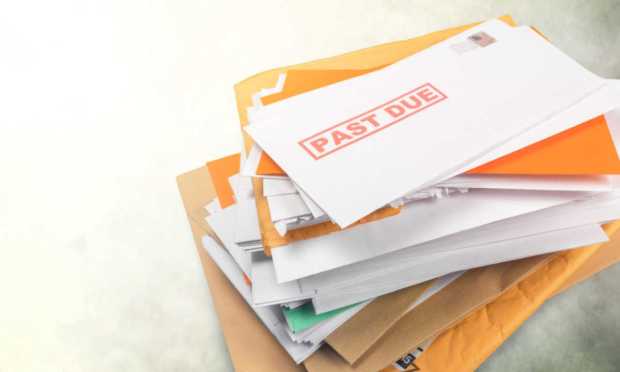Credit Crunch Looms for Auto Lenders as Paycheck-to-Paycheck Pressures Intensify

The credit crunch looms for auto lenders — perhaps most imminently for those lending to the subprime market.
To that end, and as noted Tuesday (Aug. 2) by sites such as Seeking Alpha, Credit Acceptance, which helps auto dealers offer vehicle financing — including to consumers who have less-than-stellar credit profiles — has sounded a warning about near-term prospects of seeing timely payments on recently-extended loans.
The key pressures are showing up in metrics where collection rates have declined, to a recent 67.1% and where the company had given a forecast of 67.6%.
Credit Acceptance said in its earnings release Monday (Aug. 1) that the forecasts applied to consumer loans that had been assigned this year. The firm also said that the decrease would impact cash flows. And in a bit of granular detail, Credit Acceptance said in its release that for loans that had been assigned from Jan. 1 to March 31, the forecasted collection percentage was 66.4%. Initially, that percentage had been 67.2%.
The forecast miss — as well as commentary on the Credit Acceptance conference call — helped send the stock down 9% on the day, and lending peers such as Ally Financial were down mid-single digit percentage points.
During the conference call with analysts, Credit Acceptance Chief Treasury Officer Doug Busk said “the end of stimulus and supplemental unemployment benefits” helped impact loan performance. He also noted that inflation had been taking its toll, even as consumers have been “working through” the savings that had been accumulated during earlier stimulus payment activity.
Consumers, he said later in the call, have seen at least some impact on their ability to pay amid an inflationary environment that means they must spend more on gas and food.
The read-across seems troubling for the paycheck-to-paycheck economy at large.
Many consumers in the United States — at 61% — have little, if anything, left over after paying the monthly bills. Those recurring obligations include auto loans. Drill down into the demographics where consumers earn less than $50,000, and 77% live paycheck to paycheck. A third of them have difficulty paying their bills.
Read more: 58% of Consumers Live Paycheck to Paycheck, up From 54% a Year Ago
PYMNTS’ research also found that 13% of all consumers — an estimated 33.5 million individuals — spent more than what they earned in the past six months, up from 12% in May. Average savings among all consumers dropped 8%, from $11,724 in May to $10,757 in June. For consumers living paycheck to paycheck with issues paying their bills, that cash cushion has dropped from a peak of more than $4,000 to a recent $2,460.
See more: Savings Cushion Dwindles for Lower Income Paycheck-to-Paycheck Economy
When faced with the choice between putting food on the table, and on keeping gas in the car — stretching the dollars in other words — consumers will triage their bills. And paying the car note on time may take a backseat for now.
